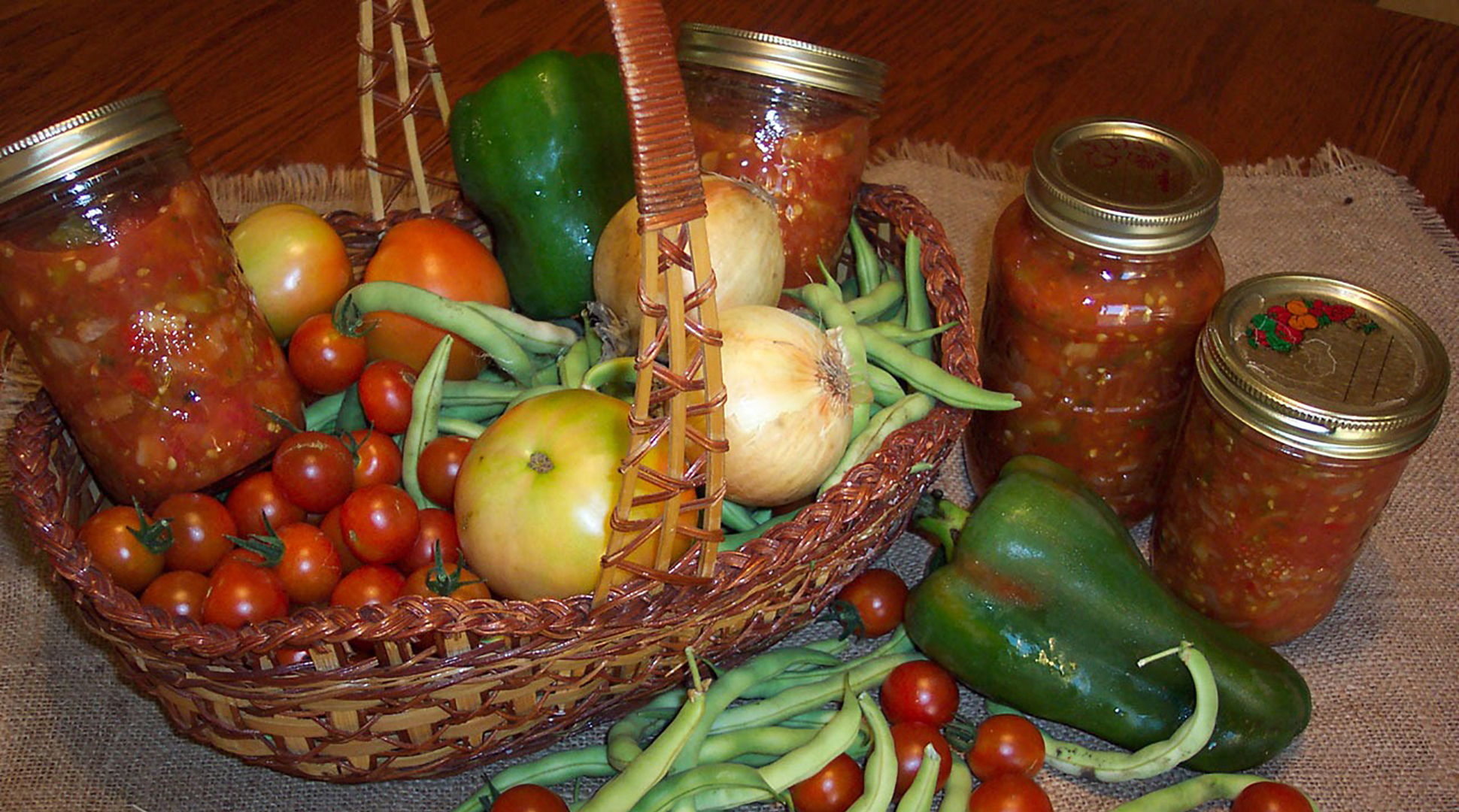Photo courtesy Pixaby
By Julie Garden-Robinson, Food and Nutrition Specialist, NDSU Extension
Sometimes, I feel like a broken record, especially when we reach canning season.
I keep repeating things year after year, hoping that more people will hear about the current rules.
But wait: Some (younger) people don't know what a "record" is or how you might break one, other than in an athletic race.
Maybe I feel like a scratched CD or a tangled cassette tape. Those analogies do not work, either. Cassettes are antiques and compact discs are getting harder to find in stores.
The other day, I took an online quiz about items from the 1980s and earlier to see if I could remember the items from my younger years. I still have a portable Walkman and a boom box somewhere in my house, and they probably still work unless my cassette tapes have become tangled.
Sometimes, hanging onto "old stuff" is OK because the items may have nostalgic value. Sometimes they come back in style. Vinyl records are making a comeback.
However, sometimes, we have to let go of old items to make way for improvements in quality or safety. Old recipes for canning usually fall into the category of "let them go."
You might think you are getting the latest advice if you get your information on the web, but unfortunately, some of the food preservation information does not meet current safety standards. Be sure you get it from a university Extension website or the U.S. Department of Agriculture.
Salsa is one of those foods that definitely require a current, research-tested recipe. That's because salsa is a mixture of acidic and low-acid ingredients, and the acidity level and processing time play major roles in determining safety. If you improperly home-can salsa, you could put yourself at risk for botulism, a potentially deadly foodborne illness.
Be aware of these "rules for safety" whether you are the person canning the food or if you receive or purchase salsa. Ask questions and be an informed consumer, even if you may sound like a broken record.
* Follow the recipe exactly and measure/weigh ingredients carefully. Use bottled lemon or lime juice or vinegar as indicated.
* Handle hot peppers carefully. Wear plastic gloves and wash your hands before touching your face.
* In canning recipes calling for spices, you safely may decrease the amount of spice (cumin, oregano, pepper, etc.), but do not increase the spice amounts.
* To alter the "heat" in salsa, you safely can substitute one type of pepper for another, but keep the total amount of pepper the same.
* Do not thicken salsa with cornstarch before canning. If the salsa appears thin, it can be heated and thickened with cornstarch, or some of the excess juice may be strained away, after opening the jars.
* Before beginning to prepare salsa for canning, fill the water-bath canner about half full of clean water. For hot-packed food (such as the example salsa recipe), preheat the water in the canner to about 180 F. Use a rack in the canner.
* Start with clean jars, and heat them in a pan of hot water. Heat lids as recommended by the manufacturer.
* Fill jars, leaving 1/2 inch of head space. After filling jars with food, remove trapped air bubbles with a nonmetallic spatula, adjusting head space if needed.
* Wipe the rim of each jar carefully with a cloth or paper towel and apply the lid and screw ring. Do not overtighten the screw ring. It only should be "finger tight" or the lids may not seal properly.
* Place jars in the canner using a jar lifter positioned below the screw band of the lid. Keep the jars upright at all times.
* Add more boiling water, as needed, to bring the water level to at least 1 inch over the jar tops.
* Begin timing when the water boils. Keep the canner covered during processing. The water should remain boiling at all times.
* When the processing time is complete, carefully remove the jars from the canner, using a jar lifter. Place the jars at least 1 inch apart on cooling racks or towels to cool at least 12 hours. Do not retighten screw rings. Do not expose jars to a cold surface or cold drafts, which could lead to cracking or breaking.
* Test seals the next day. A good seal is evidenced by a concave lid that does not move when pressed. Remove the screw rings. Label sealed jars with contents and canning date.
* See https://www.ag.ndsu.edu/food/food-preservation for more information.
